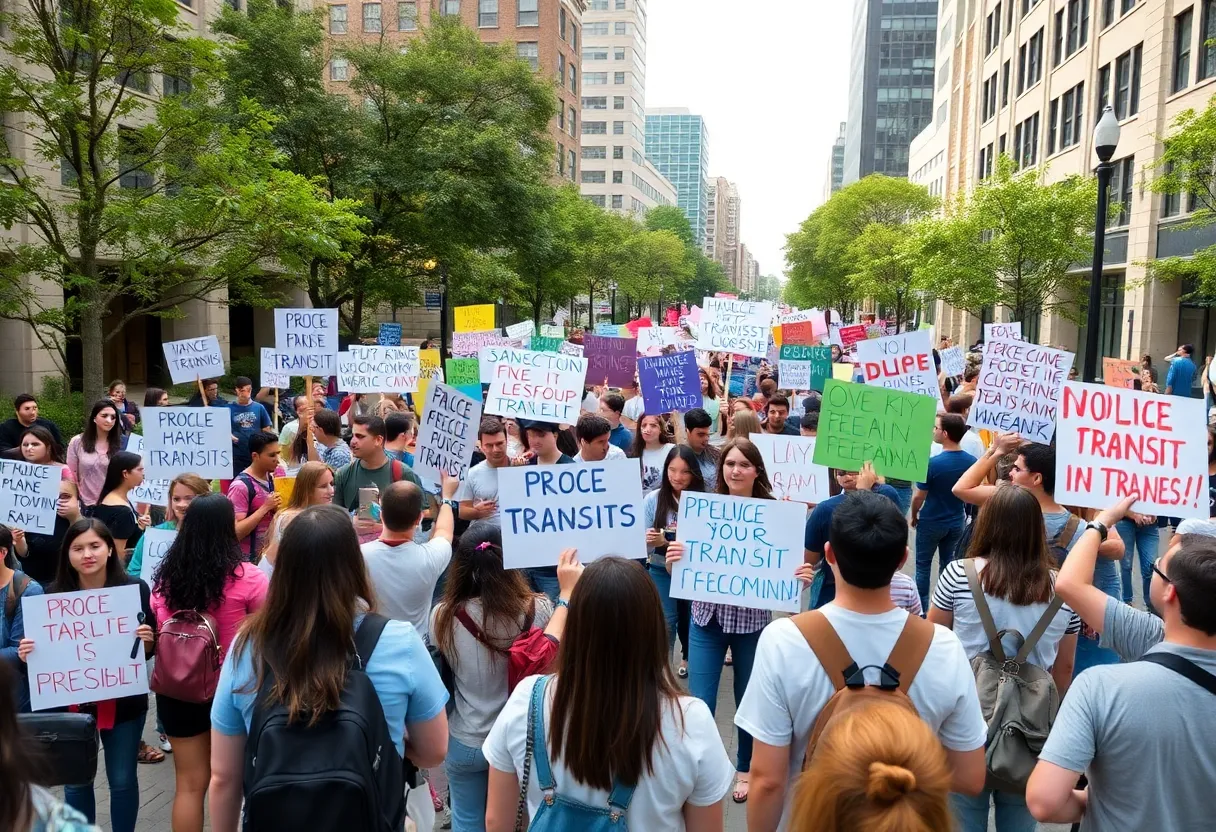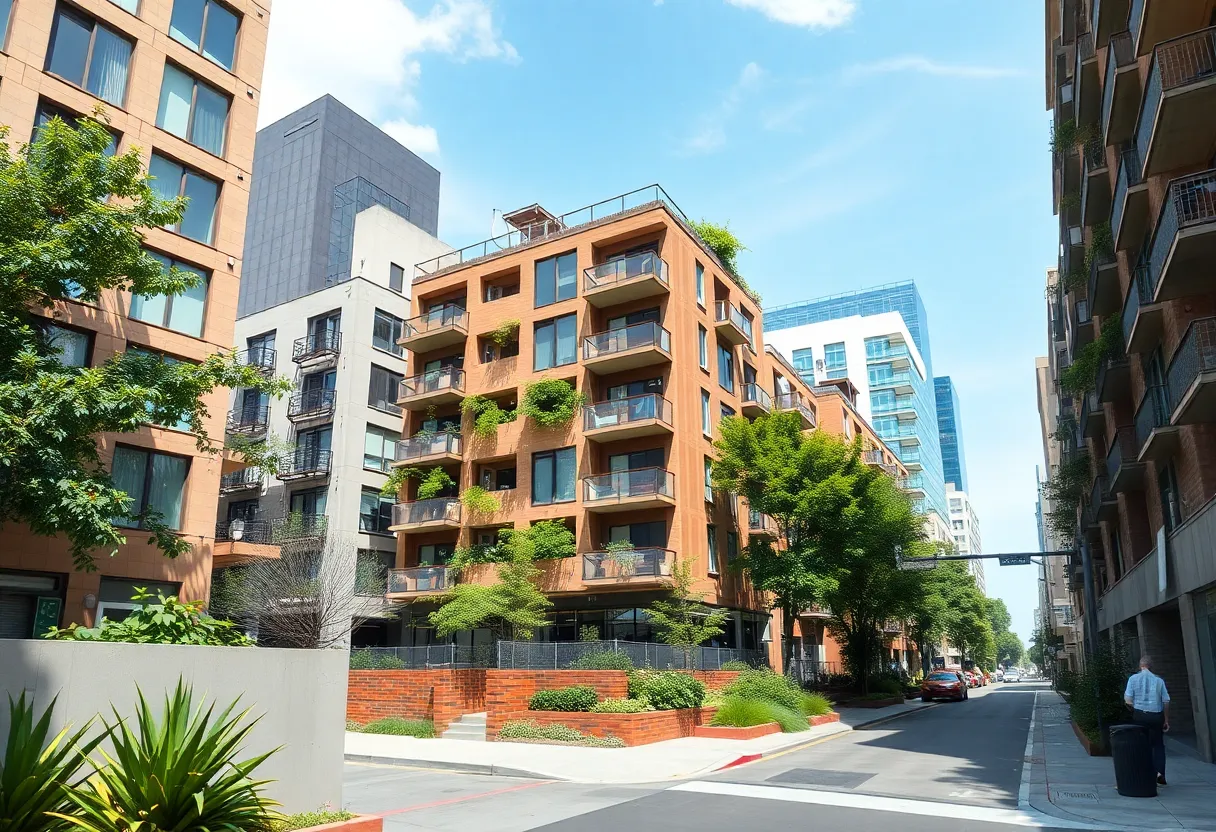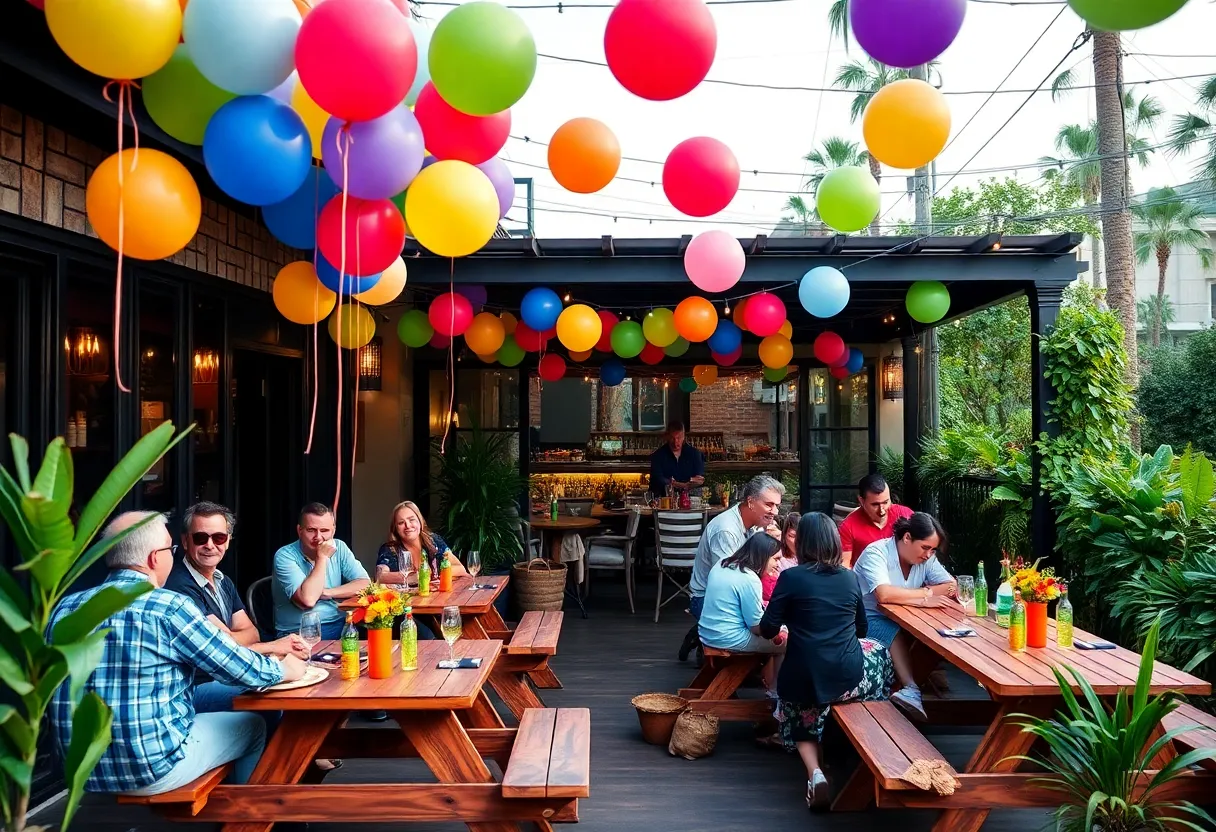News Summary
UCLA students and local officials rallied at Bruin Plaza to advocate for a proposed stop on the Sepulveda Transit Corridor, aimed at improving transit between the San Fernando Valley and the Metro E Line. The project has received strong support from the UCLA community, highlighting the challenges of lengthy and unreliable commutes. With projections for the UCLA station to serve 120,000 riders daily, officials see this as a generational investment in regional transportation. Community involvement is essential as the project progresses through various alternatives and public feedback.
Los Angeles – A rally took place on October 10 at Bruin Plaza, where UCLA students and local officials gathered to advocate for a proposed stop at UCLA as part of the future Sepulveda Transit Corridor (STC). This project aims to improve transit between the San Fernando Valley and the Metro E Line at either Sepulveda and Expo or Bundy and Expo.
The STC project, which is projected to be completed in 12-15 years, has garnered significant support from the UCLA community, who are concerned about the current commuting challenges they face. Commuting to UCLA can often take over two hours per day, creating a situation that is not only time-consuming but also unreliable and costly for students.
At the rally, around 10 student leaders, along with elected officials, participated and voiced their support for alternatives four and five of the STC project, which include a UCLA station. Attendees passionately chanted “4 or 5, not the 405” as a call to action for the proposed transit solutions that prioritize student needs.
Jack Feng, vice president of external affairs of the Graduate Students Association, spoke on the personal stakes involved in the commute, emphasizing that alternatives four and five utilize advanced automated heavy rail technology. This technology is projected to serve around 120,000 riders daily, far exceeding estimates for other available alternatives, which range from 82,000 to 107,000 riders.
The proposed UCLA station is anticipated to become one of the most trafficked non-transfer stations within this transit network, highlighting its importance in alleviating commuting burdens for students and surrounding communities. Imelda Padilla, council member for the Los Angeles City Council’s sixth district, referred to the STC as a potential “generational investment” for the wider region, pointing to its long-term benefits.
Although Padilla has not formally endorsed any specific route, she expressed a preference for the heavier rail options over monorail alternatives. Freddy Puza, the vice mayor of Culver City, echoed similar sentiments, recognizing the STC project’s role in reducing traffic congestion and pollution while creating a more equitable transit system. However, Puza noted that a lack of public awareness about the project remains a key challenge moving forward.
The need for advocacy from UCLA students has become increasingly vital, with officials emphasizing the long-lasting implications of the transit project for future generations. The LA Metro released a Draft Environmental Impact Review for the STC project back in June, offering the public an opportunity to comment on the proposals until August. Various alternatives have been outlined for the STC, with the two monorail and three heavy rail options currently under consideration; notably, alternative one does not include a UCLA station.
Alternatives four and five prioritize heightened environmental safety and potential for increased ridership. Expected travel times under the STC would be less than 20 minutes between the Valley and Westside, providing a stark reduction in travel durations that currently exist for drivers. The project aims to significantly assist in alleviating the transportation burdens faced by students and local communities alike.
Metro is collaborating with contractor firms, including Bechtel and Meridiam, as part of the development efforts for the STC. With construction anticipated to transform commuting patterns in Los Angeles, student and community involvement will be crucial in pushing for solutions that address current transit issues.
Deeper Dive: News & Info About This Topic
HERE Resources
Negotiations Underway for LA28 Olympic City Services
Southern California Experiences Peak Heat Wave
LA28 Olympics Plans Shape Up for Summer Event
Los Angeles Metro Launches Major Upgrades to the G Line
Additional Resources
- Daily Bruin: Students and Politicians Gather at a Rally
- Secret Los Angeles: Sepulveda Transit Corridor
- Van Nuys News Press: Rally for Sepulveda Transit Corridor
- LA Business Journal: Sepulveda Heavy Rail
- Daily Bruin: Upcoming Metro Projects
- Wikipedia: Los Angeles Metro
- Google Search: Sepulveda Transit Corridor
- Google Scholar: Sepulveda Transit Corridor
- Encyclopedia Britannica: Public Transportation
- Google News: Sepulveda Transit Corridor
Author: STAFF HERE HOLLYWOOD
The Hollywood Staff Writer represents the experienced team at HEREHollywood.com, your go-to source for actionable local news and information in Hollywood, Los Angeles County, and beyond. Specializing in "news you can use," we cover essential topics like product reviews for personal and business needs, local business directories, politics, real estate trends, neighborhood insights, and state news affecting the area—with deep expertise drawn from years of dedicated reporting and strong community input, including local press releases and business updates. We deliver top reporting on high-value events such as the Hollywood Bowl summer concerts, the Hollywood Christmas Parade, film premieres at TCL Chinese Theatre, and festivals at the Magic Castle. Our coverage extends to key organizations like the Hollywood Chamber of Commerce and Visit Hollywood, plus leading businesses in entertainment, dining, and tourism that define the local economy. As part of the broader HERE network, including HERELosAngeles.com, HEREBeverlyHills.com, HEREAnaheim.com, and HEREHuntingtonBeach.com, we provide comprehensive, credible insights into Southern California's dynamic landscape.





